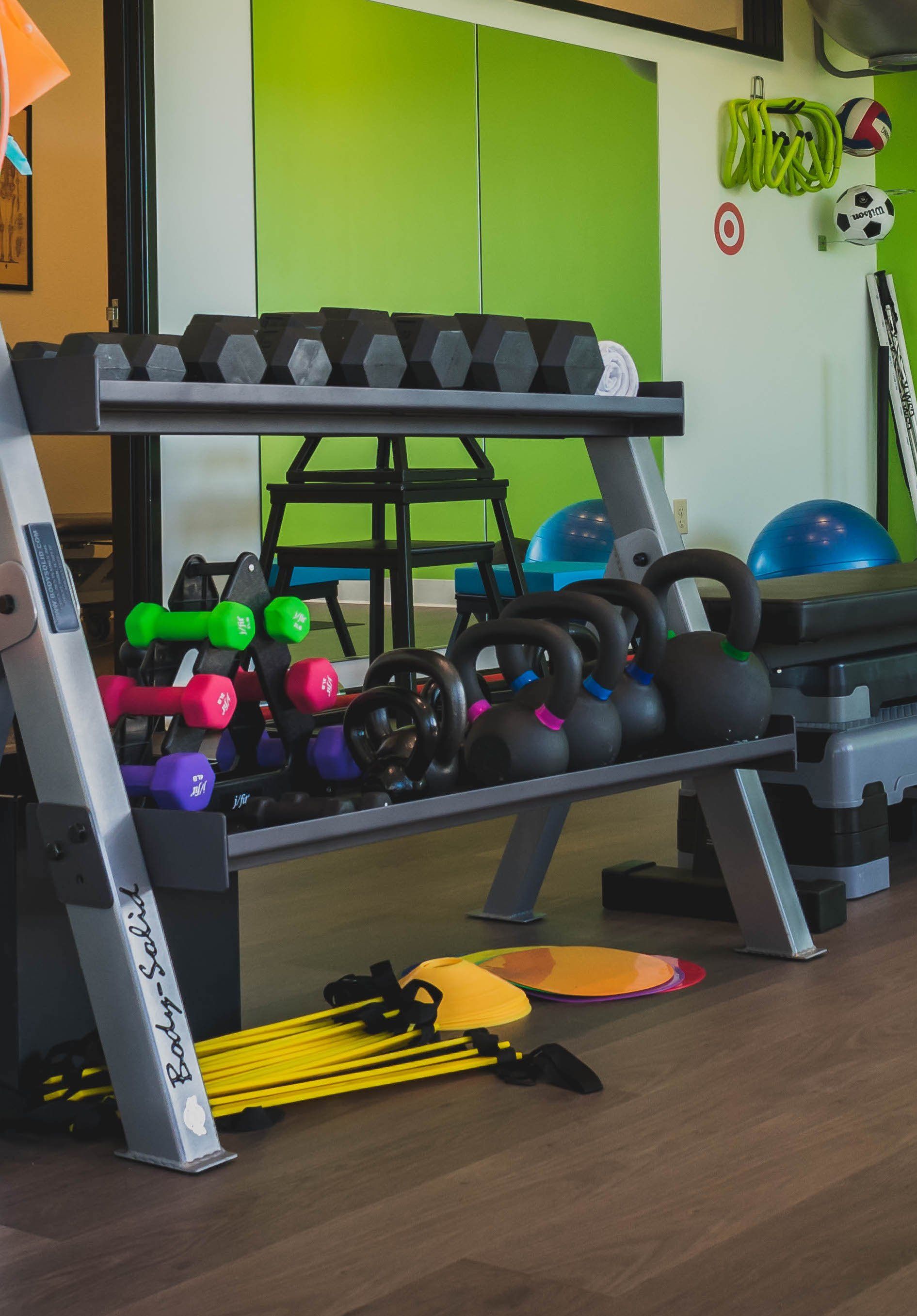Shoulder
6 Shoulder Stability Exercises For Injury Prevention and Increased Performance
No matter your sport of choice, keeping healthy is crucial to maintaining strength, consistently performing at a high level and avoiding injury. Among the most commonly injured parts of the body, the shoulder ranks highly due to the simple fact that the joint itself is incredibly complex. The clavicle (collarbone), scapula (shoulder blade), humerus (upper arm) as well as the associated muscles, ligaments and tendons all make up the shoulder joint.
For overhead athletes—those who regularly participate in sports like tennis, baseball, basketball and volleyball—shoulder stability is extremely important when it comes to preventing injuries and maximizing both function and performance.
The following exercises focus on the backside of the shoulder to hone in on the deceleration components (ie: everything that slows the arm down) which are located on the back side. The posterior rotator cuff is one of the main stabilizers of the shoulder and must be adequately strengthened in order to protect the arm during the throwing motion.
These exercises are designed to increase strength and support of the shoulder during overhead movement as well as to help increase the compressive forces of the arm bone into its socket to avoid excess strain from the torque when you throw.
Equipment Needed
-
1 Resistance band
-
1 small dumbbell
Exercise 1: Internal Rotation at 90/90
Close the resistance band in the door and hold your arm out to the side as if you’re preparing to throw. Rotate your arm forward until your forearm is parallel with the floor. Hold and return to the upright position and repeat.
Exercise 2: External Rotation at 90/90
Face the door and hold your arm out to the side. Bend your elbow to a 90 degree angle with your palm facing forward. Rotate your hand up and away from the door. Hold this position briefly and then bring your arm back down and repeat
Exercise 3: D2 Flexion
Start from your opposite hip, holding the resistance band down across your body. Keep your left arm stationary and move your right arm diagonally through the midline while you rotate your shoulder up and away from your body.
Exercise 4: Band-Resisted Overhead Throw
Hold the resistance band in your hand as you perform the throwing motion and repeat.
Exercise 5: Sidelying External Rotation
Lie on the side of your non-throwing arm. Place a rolled-up towel under your throwing arm to help maintain a neutral shoulder. Keep your arm at a 90 degree angle and lift your hand without rotating your trunk or bringing your shoulder blade back too far.
Exercise 6: Sidelying Shoulder Flexion
Lie on the side of your non-throwing arm, keeping your free arm straight. Holding a small dumbbell, follow a horizontal plane and lift your arm up. (Note: There shouldn’t be any pain with this movement)
The combination of some of these exercises and making sure that you have appropriate mechanics and mobility through your shoulder can help to prevent injury and avoid wear and tear throughout your season.
